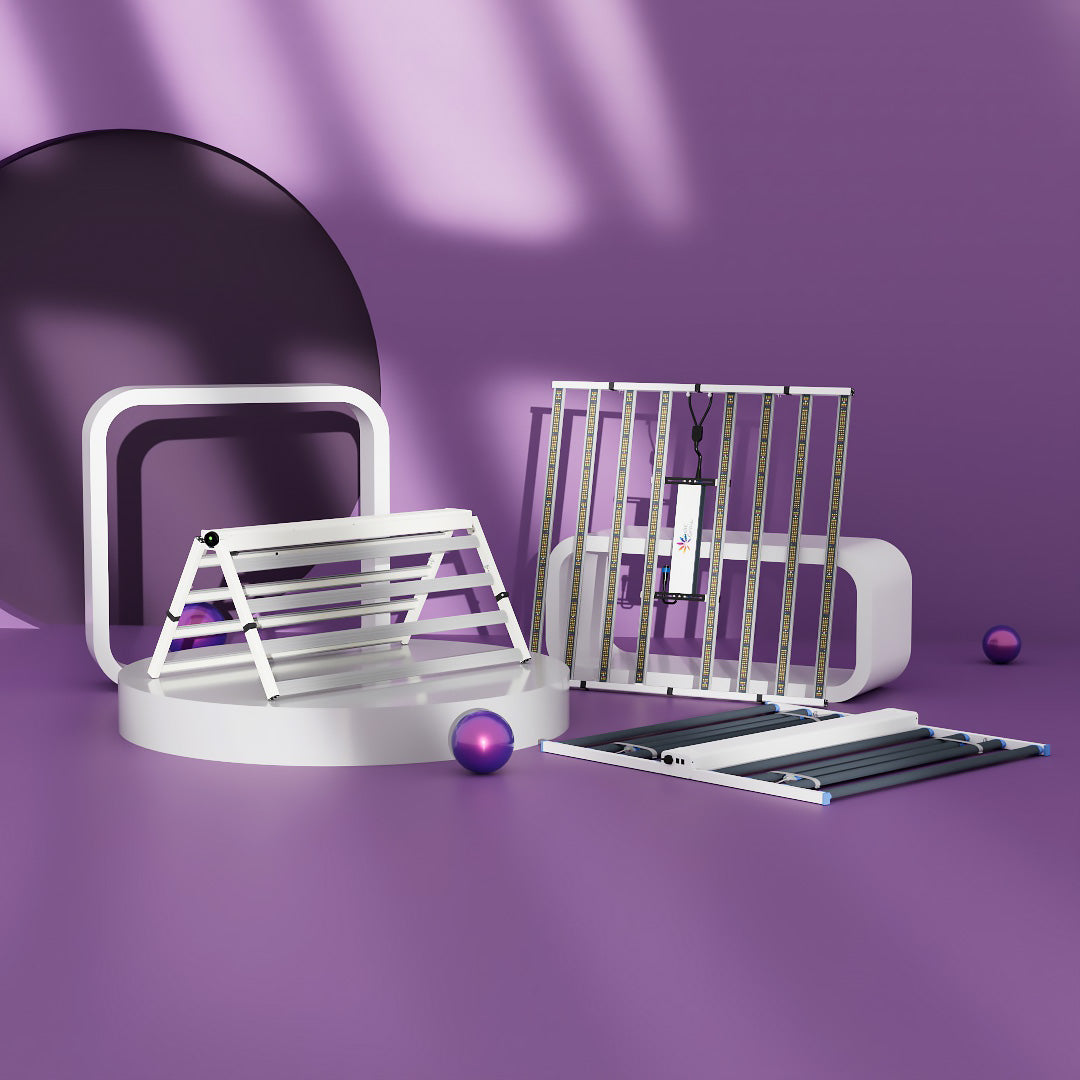9% OFF For New Subscribers

🌱 Are You Really Choosing the Right Plant Grow Light?
🌱 Are You Really Choosing the Right Plant Grow Light? A Hardcore Tech Engineer's Guide
Selecting an effective plant grow light requires moving beyond marketing buzzwords like “full spectrum” and evaluating products based on key scientific and hardware parameters. This guide provides a structured framework for making an informed choice.
Core Optical Performance: The Foundation of Effectiveness
-
Spectrum: Plants primarily use blue light (400-500nm) for compact, vegetative growth and red light (600-700nm) to promote flowering and fruiting. Advanced lights may include far-red light to influence plant structure and timing. A "full spectrum" that includes green light improves canopy penetration and visual comfort. There is no single "best" spectrum; a quality light will provide a spectral graph and ideally offer tunability for different growth stages.

-
Light Intensity (PPFD): Photosynthetic Photon Flux Density (PPFD), measured in μmol/m²/s, is the crucial metric for "brightness." Manufacturers should supply a PPFD distribution map showing intensity across the coverage area.
-
Key Ranges: Seedlings (100-200), Leafy Greens (200-400), Flowering Plants (400-800+).
-
Uniformity: The PPFD map should show even coverage to ensure consistent growth, preventing tall edges and a stunted center.
-
Efficiency & Hardware: Ensuring Longevity and Value
-
Photon Efficacy (PPE): This measures efficiency (μmol/J). A higher PPE (aim for >2.5 μmol/J) means more light per watt of electricity, significantly reducing energy costs.
-
Thermal Management: Effective heat dissipation is critical. Look for large aluminum heat sinks. Poor cooling leads to rapid light degradation and a shorter lifespan.
-
Core Components: The quality of the LED chips (e.g., from Samsung, Osram, Nichia) and the driver (e.g., Inventronics, Mean Well) dictates performance, consistency, and safety. Branded components are a mark of reliability.
Practical Considerations
-
Design & Usability: Check for a suitable IP rating (e.g., IP54 for moisture), convenient mounting options, and useful features like dimming.
-
Brand & Warranty: Choose reputable brands that offer safety certifications (CE, UL) and a substantial warranty, reflecting confidence in their product.

Summary: Your Quick Evaluation Checklist
Ask these critical questions:
-
Spectrum: Is there a spectral graph for the specific model?
-
PPFD: Is a distribution map available, and does it provide uniform, adequate intensity for your plants?
-
Efficiency: What is the PPE value? Is it high enough to be cost-effective?
-
Heat: Does the fixture have a robust metal heat sink?
-
Components: What brands of LED chips and driver are used?
-
Support: Are there necessary certifications and a reliable warranty?
By systematically applying this framework, you can bypass marketing claims and select a grow light that is truly efficient, durable, and perfectly suited to your horticultural needs.
Featured Products


Medic Grow Fold-8 Full-Spectrum 760w Commercial LED Grow Lights ETL & DLC Certified for 4X4/5X5
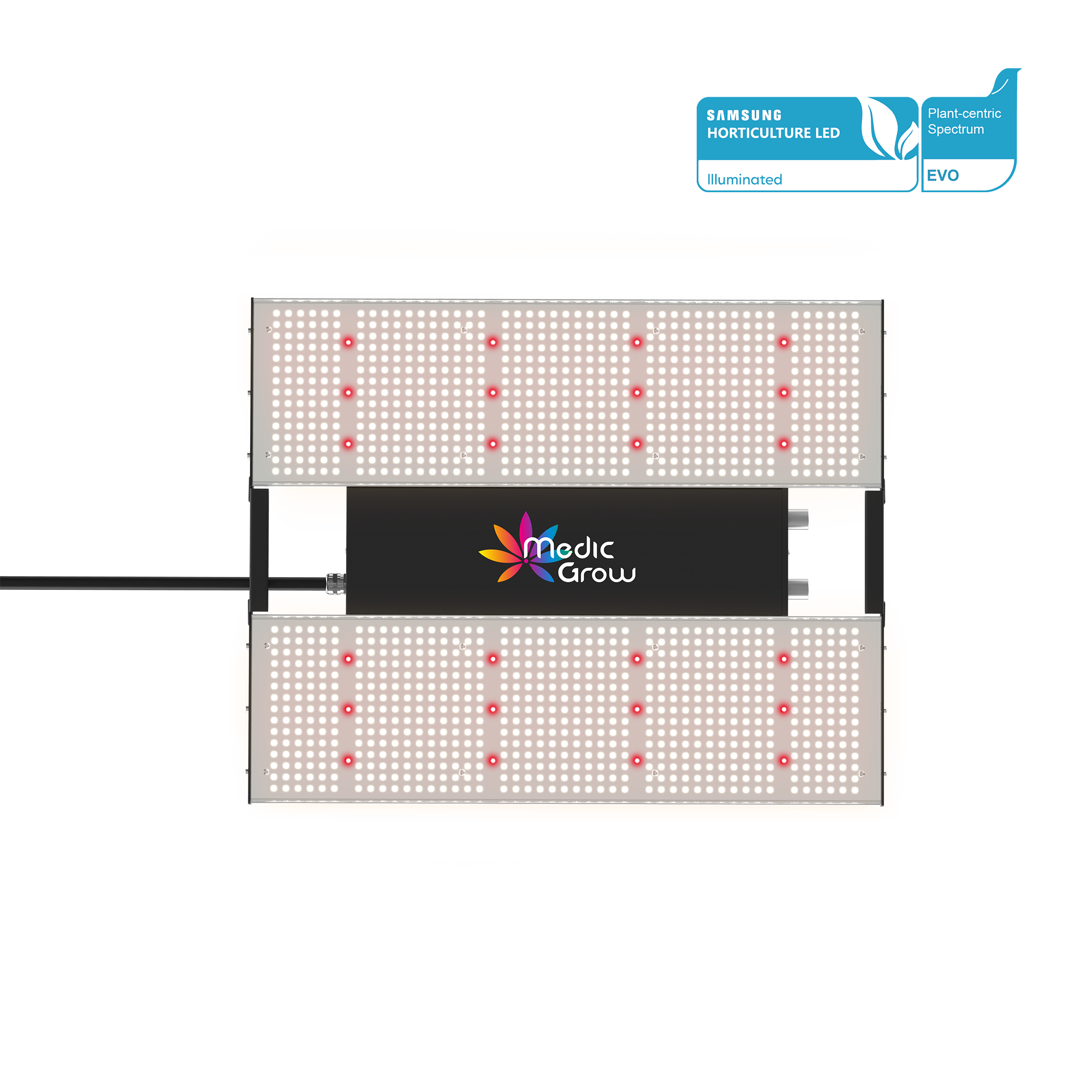
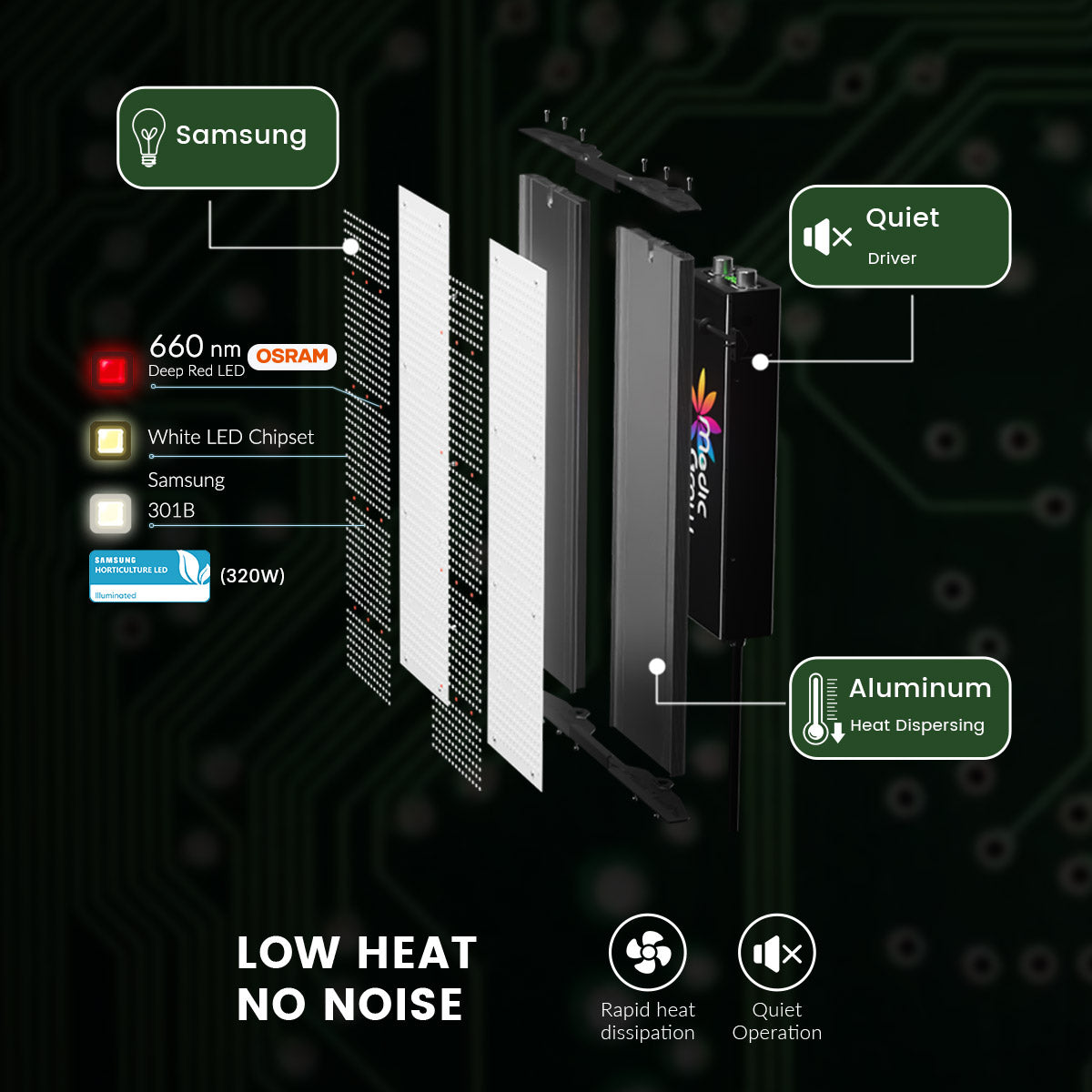
Medic Grow MINI SUN-2 Full Spectrum Dimmable 150W-500W LED Grow Light for 2X2/3X3


Medic Grow Ez-8 Smart Dimmable Full Spectrum 1000 Watt LED Grow Light for 5X5 Planting
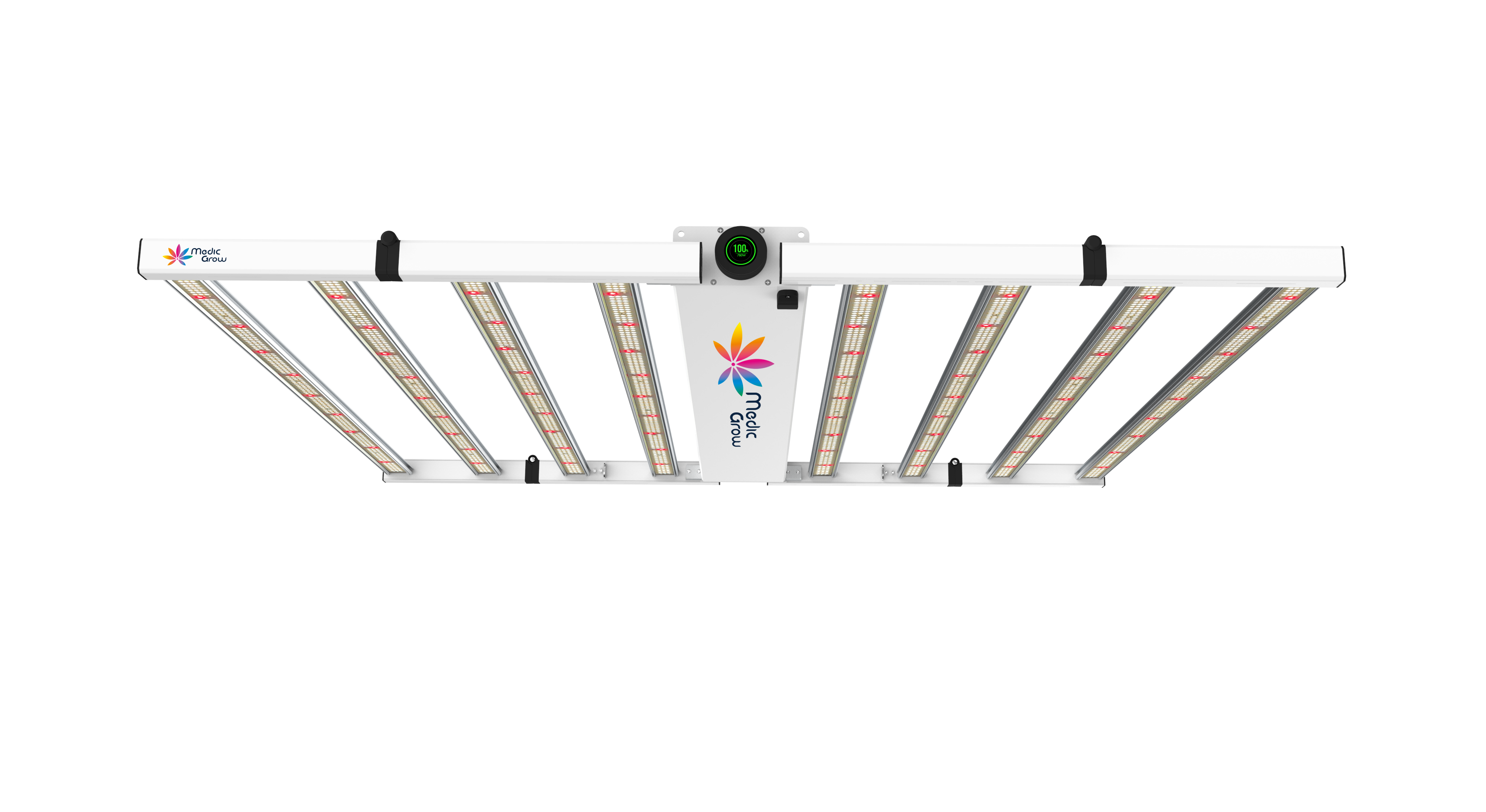
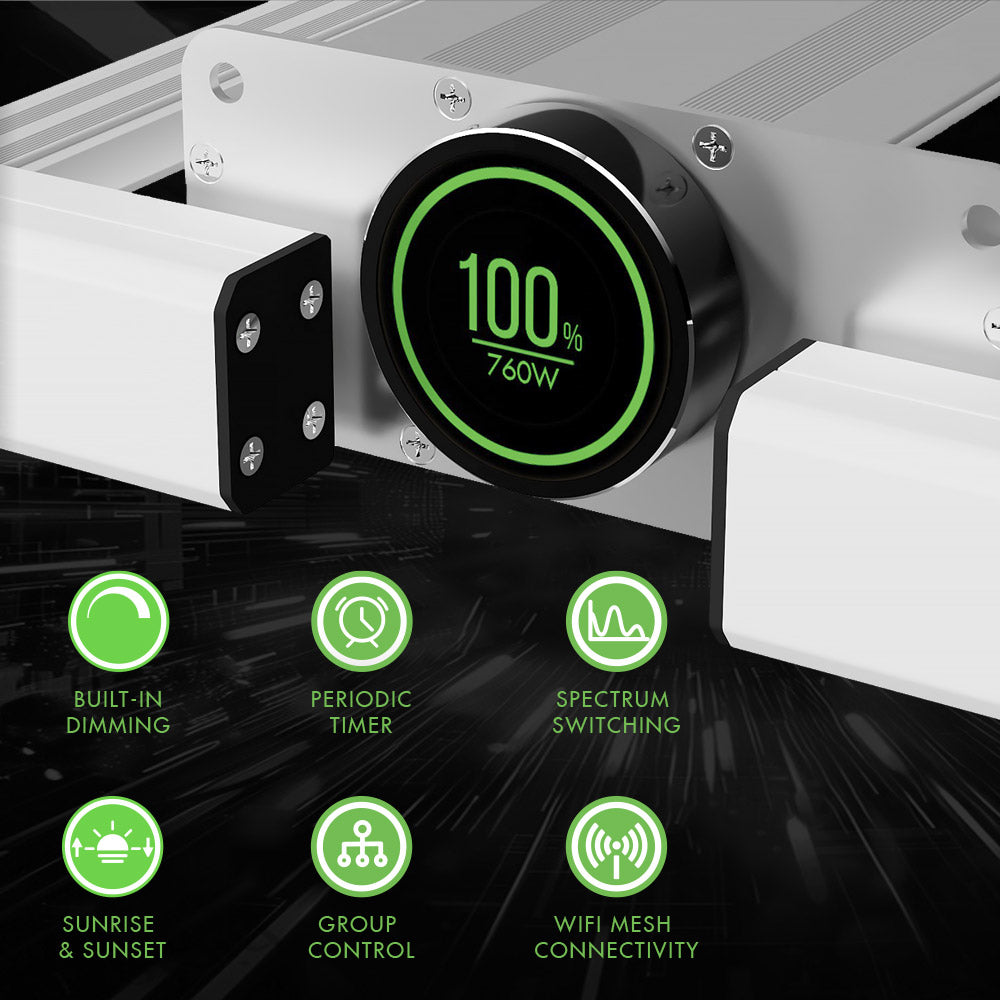
Medic Grow Neo-780/1000 Smart Adjustable Spectrum LED Grow Lights 780/1000w for Veg and Flower


Medic Grow Smart-8 Full Spectrum Dimmable 760W LED Grow Light with Timer - High Yield Lamp for 5x5 Tent


Medic Grow Venus Full Spectrum Cost-Effective 200W LED Grow Light for Vegetative and Beginner: 2X4FT


Medic Grow Fold-650 Built-in dimmer 650W Led Grow Lights V1 Spectrum
Blog Posts

🌱 Are You Really Choosing the Right Plant Grow Light?

- led grow light
💡 Top + Bottom Grow Lights: The Future of Precision Cultivation
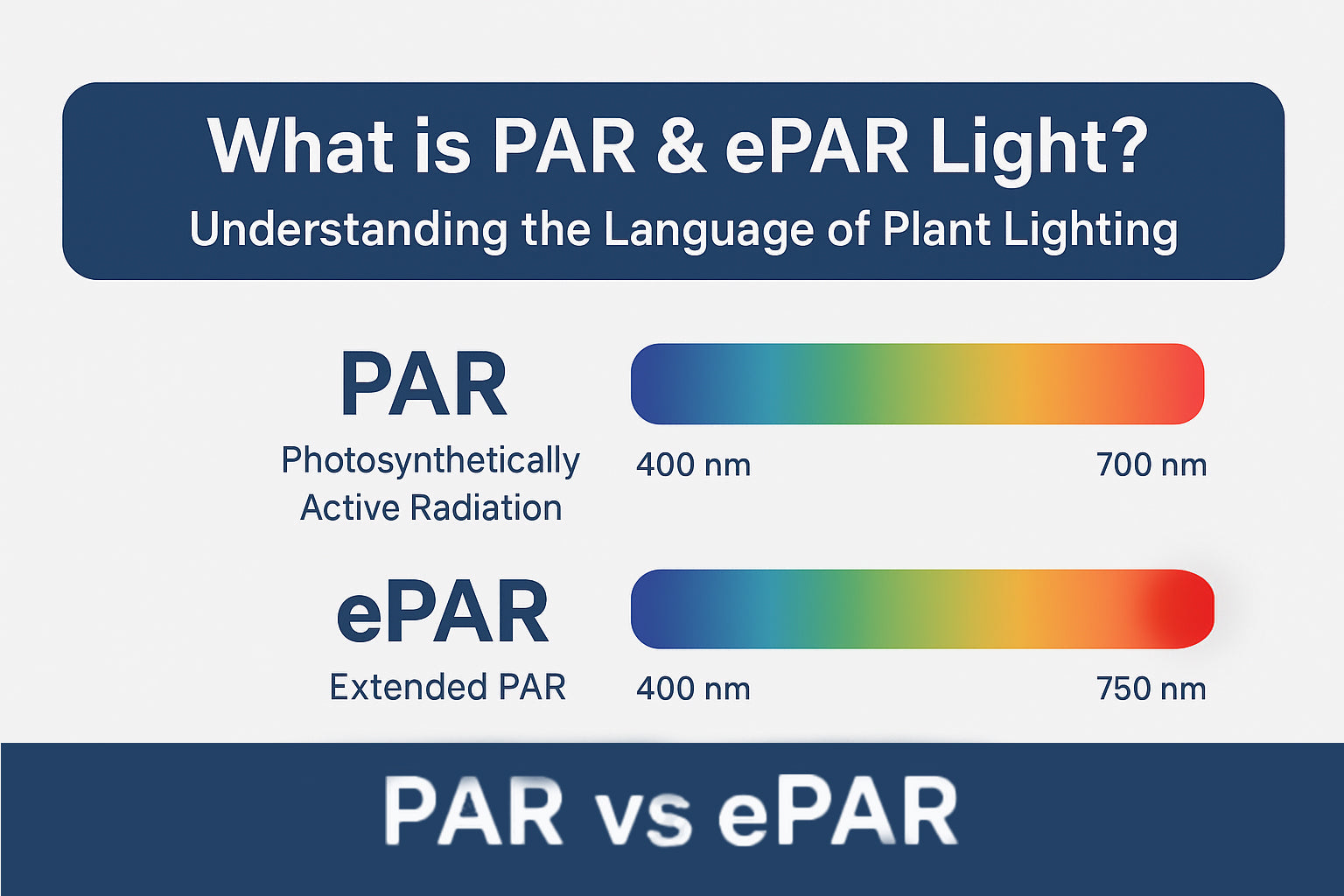
- hang grow light
🌿 What is PAR & ePAR Light? Understanding the Language of Plant Lighting

How Grow Lights Shape Plant Growth — More Than You Think! 💡
Contact Us with Any Idea!
- Choosing a selection results in a full page refresh.
!













